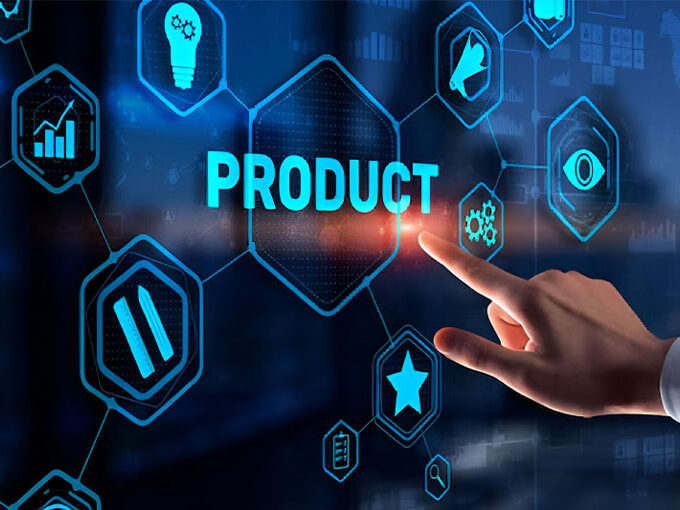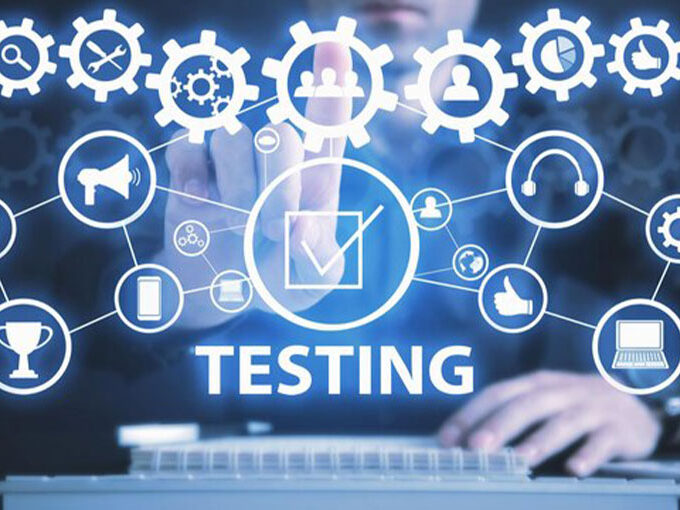In today’s fast-moving digital world, websites are no longer static online brochures. They are dynamic, multi-channel ecosystems that must deliver fast, consistent and flexible experiences across web, mobile and beyond. Behind this evolution lies a quiet revolution in how content is managed, and headless content management systems (CMS) are leading the way.
Headless CMS technology is redefining how developers, designers and businesses build and manage digital experiences. It’s becoming the backbone of modern web development because it prioritises scalability, speed, and omnichannel delivery.
What Is a Headless CMS?
At its core, a headless CMS separates the “head” (the front-end presentation layer) from the “body” (the content database and management tools).
In traditional CMS platforms like WordPress or Drupal, everything is tightly coupled, so content creation, storage, and presentation happen within the same system. However, a headless CMS manages and stores content centrally, then delivers it via APIs to any front-end: a website, mobile app, smart display, wearable or even a voice assistant.
This “decoupled” structure allows content to live independently from design, enabling developers to use any framework or technology (React, Vue, Next.js, etc.) to create fast, responsive interfaces. The result is a flexible content infrastructure that can power experiences wherever your audience is.
Also read: Reasons to Use Open-source Libraries for Web Development
Why the Shift Is Happening Now
The growing adoption of headless CMS solutions reflects broader changes in how people consume digital content and how brands operate online.
- Multi-Device, Multi-Channel Experiences
Consumers no longer interact with brands on a single screen. From phones and tablets to smart TVs and in-car systems, users expect a seamless content experience everywhere. A headless CMS supports this by acting as a central content hub that pushes updates instantly to every channel, with no duplication or extra admin. - Performance and Scalability Demands
Modern web users expect lightning-fast performance. Studies show that a one-second delay in page load time can reduce conversions by up to 7%. By serving content through APIs and modern frameworks, a headless setup enables faster rendering, better caching, and lighter front-end code. This not only boosts user experience but also improves SEO. - Developer Freedom and Innovation
Traditional CMS platforms can constrain developers with rigid templates and legacy systems. A headless CMS gives teams full control over how content is displayed and which technologies are used. It’s a developer-friendly model that encourages innovation and future-proofs projects against the next big shift in web frameworks. - Business Agility and Future-Proofing
Digital platforms need to adapt fast. Whether launching a new product line, app or microsite, businesses using a headless CMS can reuse existing content instantly. The decoupled structure means teams can evolve or redesign front-ends without touching the back-end, cutting development time and cost.
The Core Benefits of Headless CMS
Flexibility and Front-End Freedom
Because the content and presentation layers are separate, developers can design bespoke experiences without being restricted by themes or plugins. This is particularly powerful for design-driven brands or those seeking unique digital experiences.
Omnichannel Consistency
A single piece of content can appear across multiple platforms such as your website, mobile app or event digital signage, without needing to be rewritten or re-entered. This creates a unified brand message across every touchpoint.
Improved Speed and SEO
Headless setups often use static site generation or edge rendering, dramatically reducing load times. Faster websites mean better organic search rankings and happier users, which is essential for SEO and engagement.
Scalability and Maintainability
Because the front-end and back-end are independent, each can be scaled or updated separately. This modularity makes it easier to handle high traffic, expand functionality or integrate with new tools without downtime.
Enhanced Security
The headless model limits direct connections between public-facing layers and the content database. With fewer points of vulnerability, there’s a reduced risk of exploits common in traditional CMS environments.
Faster Time-to-Market
Teams can build, test and deploy new digital products faster. Developers and content creators can work in parallel, and integrations with CRMs, e-commerce platforms, or automation tools are far simpler via APIs.
When to Consider a Headless CMS
While headless CMS platforms offer many advantages, they’re not a one-size-fits-all solution. They shine most when:
- You manage content across multiple channels (e.g., website, app, social integrations)
- Your website experiences heavy traffic or rapid growth
- You rely on custom integrations or marketing automation tools
- You want a future-proof, flexible tech stack that won’t become outdated
However, for smaller projects or simple blogs, a traditional CMS may still be the most cost-effective option. The key is aligning your CMS choice with your business objectives and content complexity.
How Designmc Uses Headless CMS to Build Future-Proof Platforms
Designmc is a creative digital agency specialising in flexible website architecture. They have embraced headless CMS development to help brands break free from the limitations of traditional systems.
According to their Headless CMS service page, Designmc “liberates content from traditional CMS constraints,” which allows clients to focus on scalability, flexibility and growth.
Here’s how Designmc typically approaches a headless build:
- Strategic planning: Reviewing the client’s digital ecosystem and identifying where content needs to flow; from websites and portals to mobile apps.
- Experience-first design: Crafting front-ends without the restrictions of a template-driven CMS, resulting in more immersive, performance-driven user experiences.
- Smart integration: Connecting the CMS to CRMs, marketing platforms, and automation tools via APIs for seamless workflows.
- Scalable architecture: Building systems that are easy to evolve as client needs grow without costly rebuilds.
In essence, Designmc positions the headless CMS not as a technical upgrade but as a foundation for long-term digital agility.
Challenges and Considerations
Of course, headless isn’t without its trade-offs. Businesses should consider a few potential challenges before making the switch.
- Initial Setup and Technical Knowledge: A headless build often requires more technical expertise than a traditional CMS. It’s ideal for organisations with in-house development resources or an agency partner to handle the setup.
- Content Modelling Discipline: Because content is stored as structured data, proper planning is crucial. Poor content modelling can limit reusability and create inefficiencies.
- Editor Experience: Traditional CMS users often rely on “what-you-see-is-what-you-get” (WYSIWYG) previews. Some headless CMS platforms require configuration or custom tools to provide the same visual editing comfort.
- Cost and Maintenance: While operational efficiency increases over time, the initial investment can be higher due to custom development. However, these costs are often offset by faster performance, fewer rebuilds and better scalability in the long run.
Also read: 5 Best Tools for Collecting Website Screenshots and Feedback Without the Headache
The Future of Web Development Is Headless
As brands demand greater speed, flexibility, and personalisation, the case for headless CMS continues to strengthen. Analysts predict the headless CMS market will grow by over 20% annually this decade, which is a clear indicator that decoupled architecture is no longer a niche trend but a mainstream direction.
The combination of modular design, API-driven flexibility, and scalability makes headless CMS a cornerstone of the modern web. It supports emerging technologies like AI-driven personalisation, edge computing, and composable digital ecosystems. These are the kind of experiences users now expect.
For agencies and brands alike, the question is shifting from “Should we go headless?” to “When?”
The answer depends on how future-ready your current setup is. If your CMS limits creativity, speed or integration, adopting a headless architecture could be the key to unlocking the next stage of your digital evolution.
Final Thoughts
Headless CMS represents more than just a technology change – it’s a mindset shift. It empowers teams to think beyond websites, focusing on connected, consistent digital experiences across every touchpoint.
For brands aiming to stay relevant in a multi-channel world, the move to headless is fast becoming not just an advantage but a necessity.
As agencies like Designmc demonstrate, the future of web development is flexible, fast and decoupled with headless CMS sitting firmly at its backbone.










Leave a comment